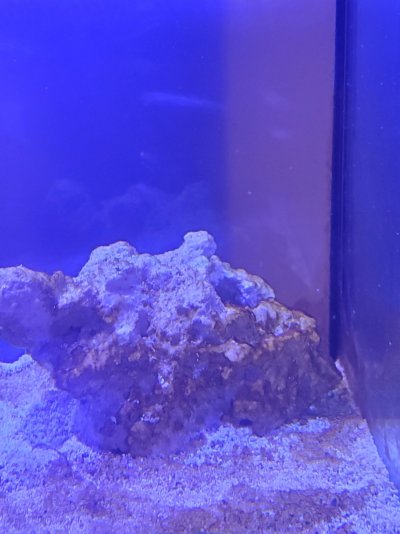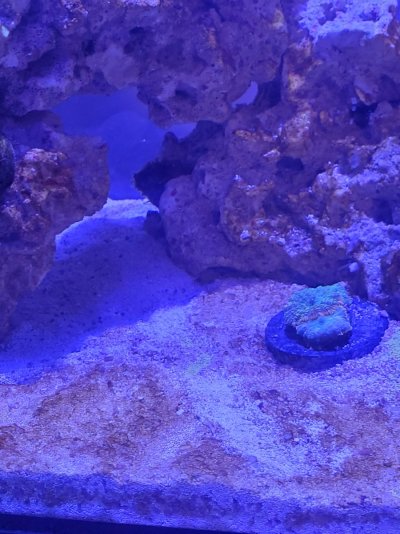So I believe I'm currently having a decent size Dino bloom in my tank. I don't think it's Diatoms because after using the Turkey baster, the algae is still stuck onto the rock, its definitely not dusty but more of a slimey type algae.
No Nitrites, No Ammonia, and Nitrates are around 5 - 10 ppm with a API test kit.
Any help is greatly appreciated.


No Nitrites, No Ammonia, and Nitrates are around 5 - 10 ppm with a API test kit.
Any help is greatly appreciated.
















